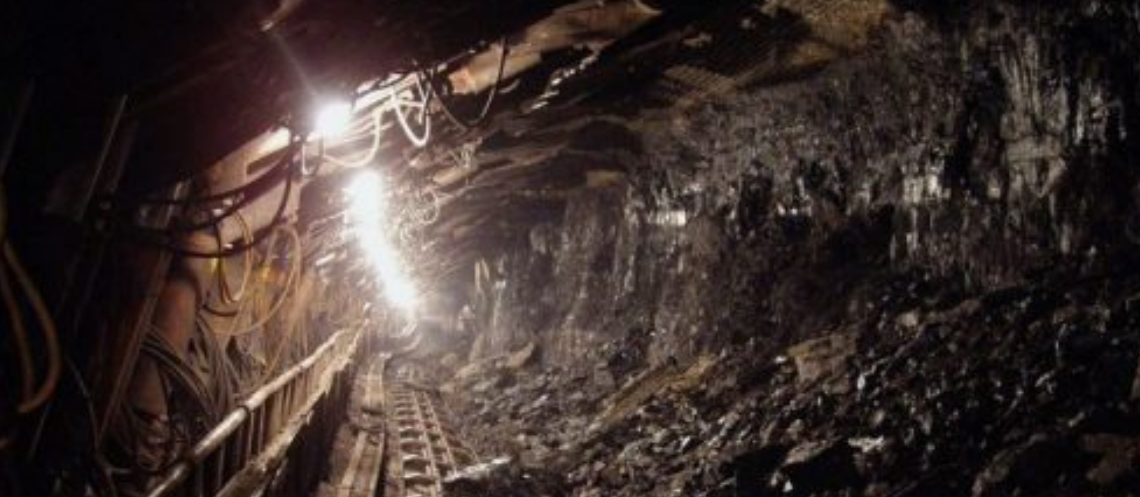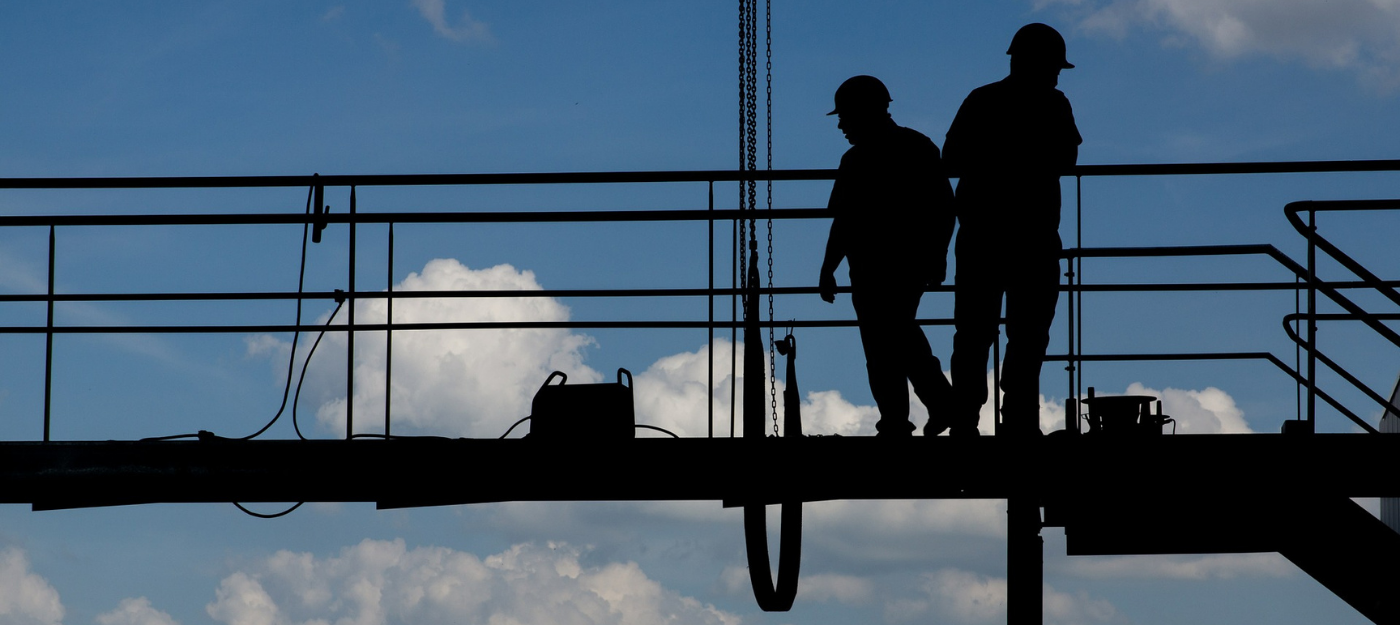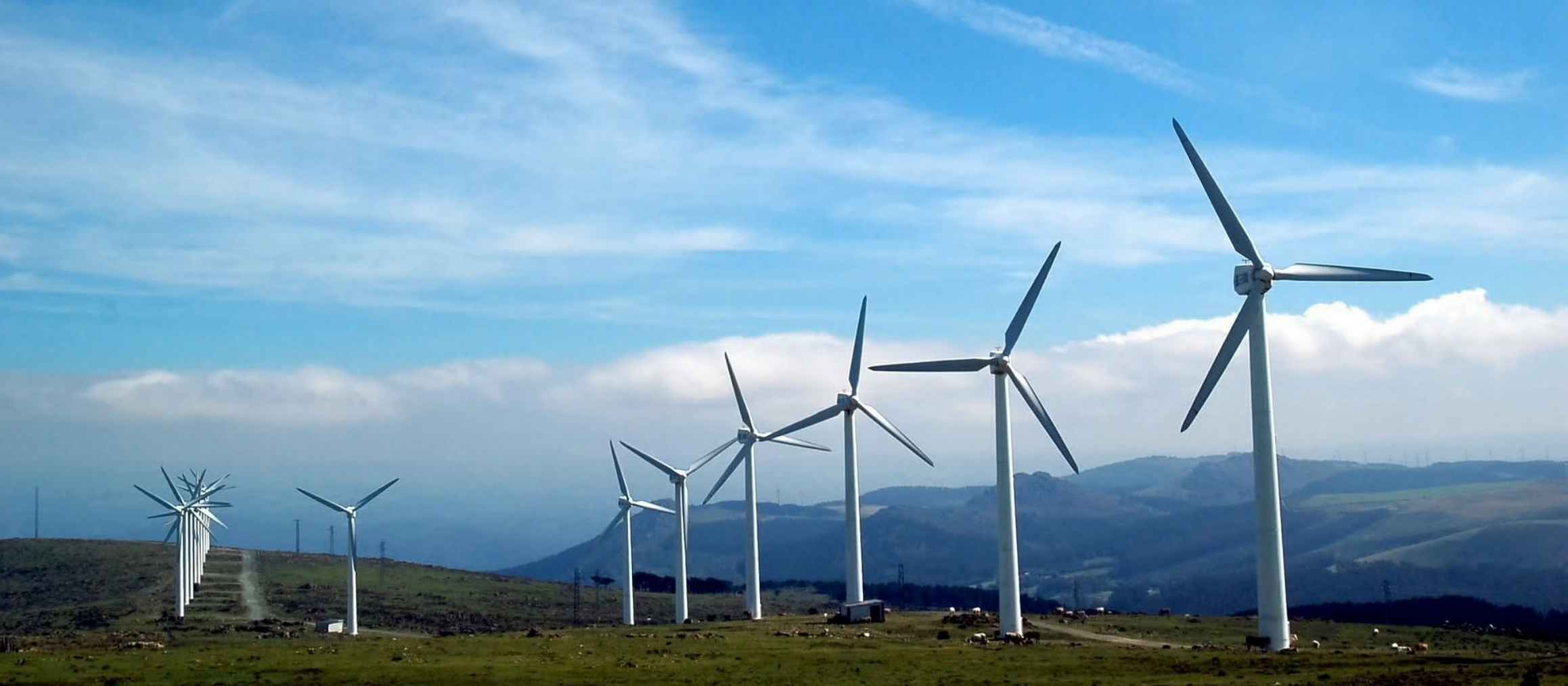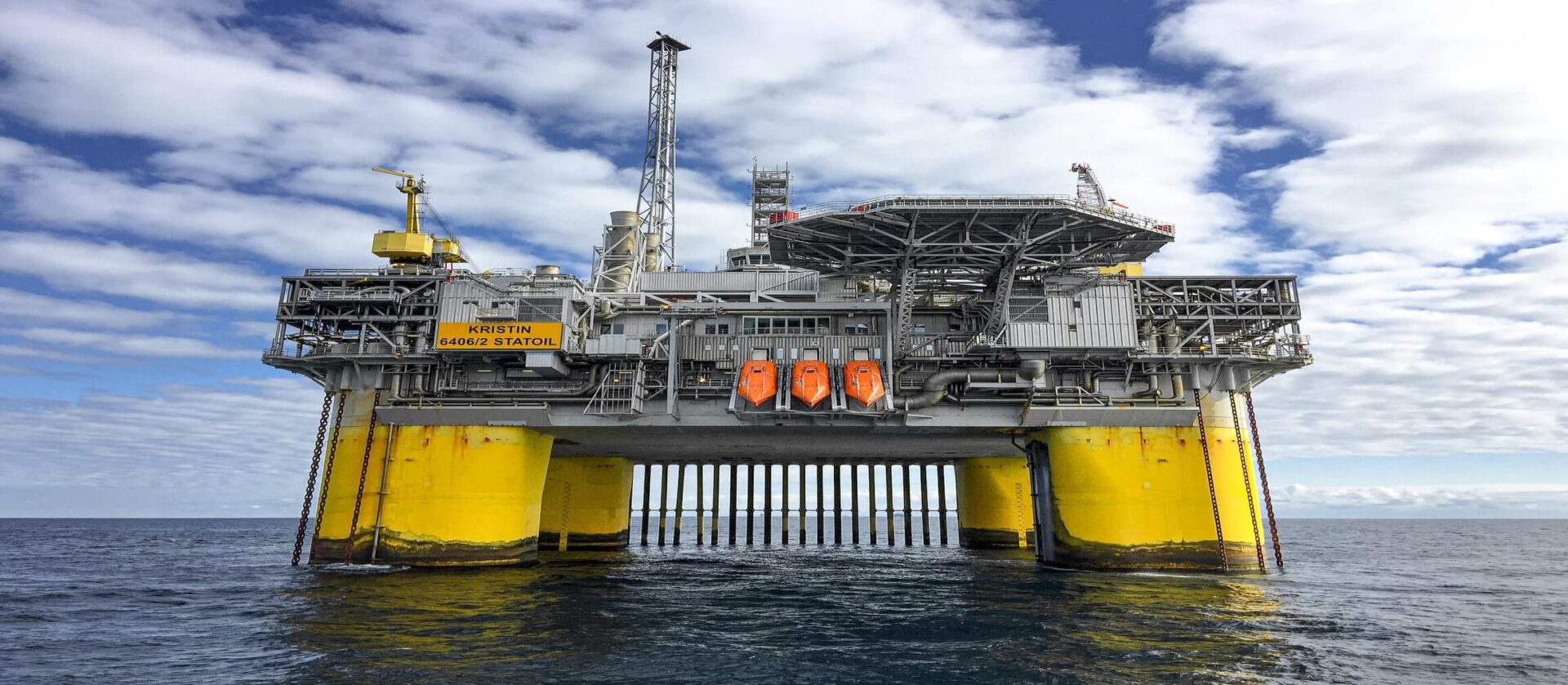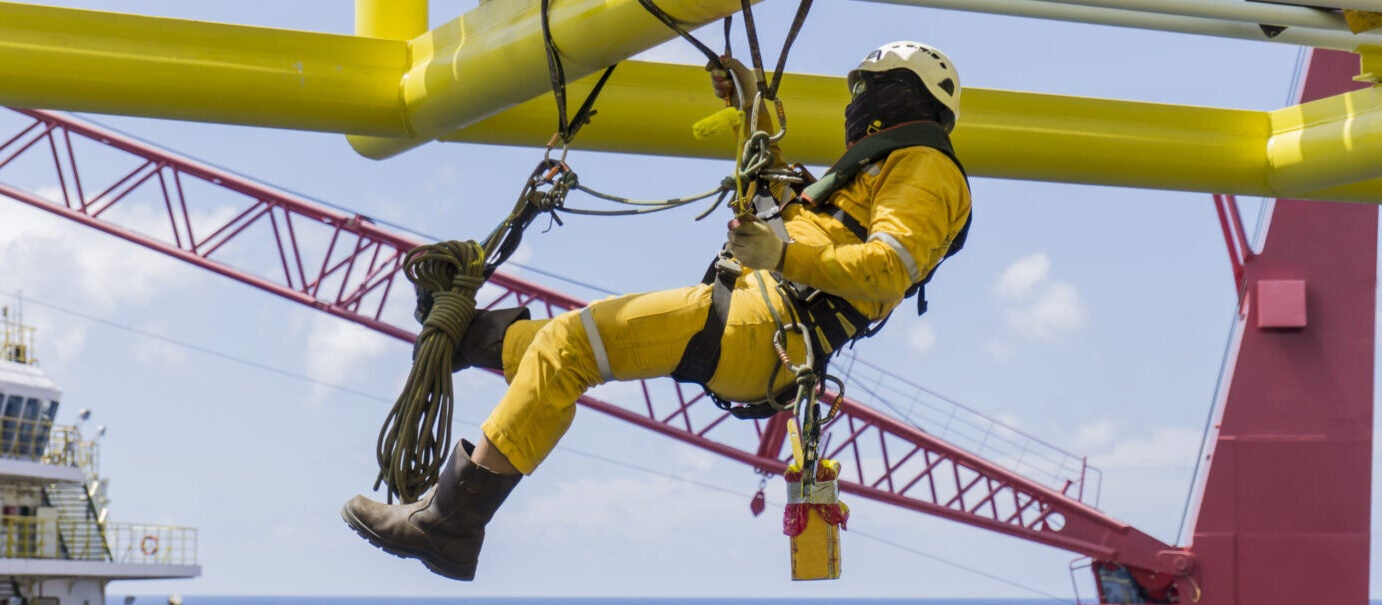
Fall protection equipment for offshore, oil & gas industries
Good practice guidelines for working at height (WAH) from the G+ Global Offshore Wind Health and Safety Organisation suggest a hierarchy of protective measures. WAH should be avoided where possible, but where this is not reasonably practicable, offshore sites need to have collective protection (such as fixed guardrails), and personal protection (such as fall prevention or restraint systems).
In the US, OSHA fall protection standards require that any personnel working on a surface more than 6ft high with an unprotected edge must have fall protection equipment. Offshore fall protection requires the best quality equipment that workers can rely on.
Finding the Best Oil and Gas Fall Protection
Consulting safety experts is the most efficient way of finding equipment that is best suited for your site or for any given application, as well as ensuring that your workers are correctly informed on how to use the equipment.
Carroll Technologies has more than 40 years of experience providing safety expertise and industry-leading safety equipment, and has searched the market for the best of the best. Carroll supplies offshore fall protection equipment such as harnesses, hooks and shock-absorbing lanyards from trusted manufacturers.
From MSA, Carroll supplies rugged, energy-absorbing lanyards that keep fall arrest forces below 6 kN. MSA’s restraint lanyards are designed to be placed between the anchor point and the harness, which prevents workers from dropping into the fall area.
Honeywell’s Miller brand provides a high-quality range of full protection solutions, including its harness and fall limiters. The Miller AirCore harnesses are lightweight and made from corrosion-resistant aluminium and breathable open-core padding to allow for optimal airflow, as well as reduced heat and moisture entrapment.
Fall protection equipment available through Carroll Technologies includes:
- MSA retractable lanyards
- MSA vest-style harnesses
- MSA full-body harnesses
- MSA lanyard restraints
- MSA trauma prevention
- MSA lanyards with hooks
- Honeywell Miller AirCore harnesses
- Honeywell personal fall limiter
Carroll Technologies also supplies fall protection equipment for most industrial applications, including fall protection for the mining and tunnelling industries. Contact us to discuss your project.

